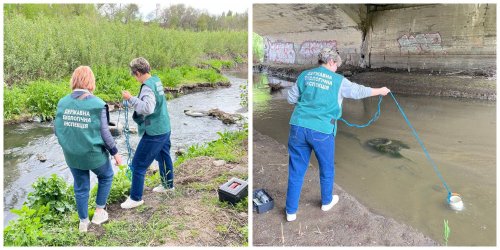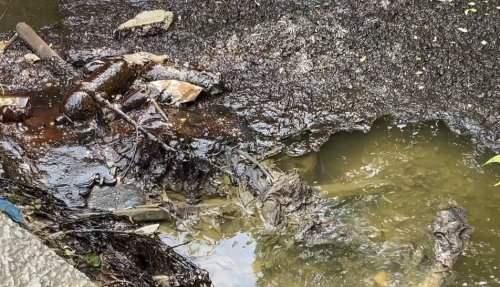In the city of Fastiv, in the Kyiv region, eco-inspectors found an excess of ammonium nitrogen by more than 3 times and other toxic substances in the Unava River, where a mass plague of fish occurred.
Laboratory studies may indicate a possible discharge of return water, the State Environmental Inspection of the Capital District reports on Facebook.
It is noted that eco-inspectors took two water samples from the river near the dam and 300 meters upstream from it.
Exceeding the maximum permissible concentration (MPC):
- ammonium (ammonium nitrogen) – 2.46 times and 3.14 times;
- chemical oxygen consumption (COC) – 3.93 times and 3.83 times;
- biochemical oxygen consumption (BSK-5) – 2.26 times and 2.13 times;
- dissolved oxygen is 3.73 mg/l and 3.46 mg/l, with a norm of at least 4 mg/l;
- iron – 1.16 times.
"These indicators may indicate a possible discharge of return water into a water body exceeding the standards of the MPC of pollutants as a result of economic activity, which could lead to mass exhaustion of hydrobionts," the press service of the State Inspectorate explained.
It is noted that eco-inspectors turned to the law enforcement officers to bring violators to justice.
As EcoPolitic reported earlier, in the city of Rivne, eco-inspectors discovered an excess of the maximum permissible concentration of ammonium by more than 2 times in Lake Basiv Kut, where there was a plague of fish.





